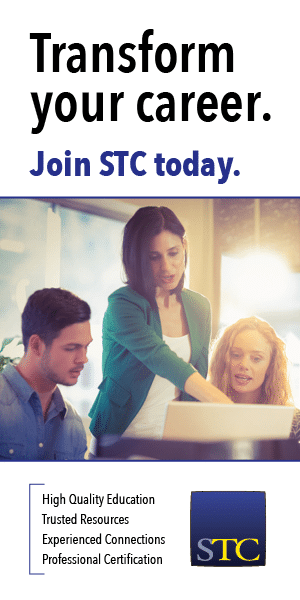Speakers
Bradford Connatser
Technologist, Electric Power Research InstituteStart
April 19, 2017 - 2:00 PM
End
April 19, 2017 - 3:00 PM
Editing at the Sentence Level Using the APost Method
APost is an abbreviation of the Latin term a posteriori, and its counterpart, APri editing, is an abbreviation of a priori, which underpins traditional copyediting and proofreading. APost editing is a novel editing method, a fusion of sentence-level editing and usability testing. After reviewing the premise of APost editing—based on both secondary research and observation—the presenter will enumerate the problems that APost editing addresses, provide specific ways to accommodate automaticity (such as signposting and unstringing noun strings), and discuss the viability of such an editing method given the constraints of budgets, deadlines, and the condition of the document to be edited. Attendees will take away a practical method of improving the readability of technical documents and ensuring that the sentences in technical documents are reader-ready.
The prevailing paradigm for the “levels of edit” includes three often-overlapping stages through which the consummate editor should proceed to achieve a nearly flawless, sturdy document: substantive editing, copyediting, and proofreading. This webinar proposes a new method of editing to ensure that a document’s sentences are reader-ready. Attendees will be asked to contribute to the development of this new method by providing feedback. With enough interest, the presenter will create a web space—such as a wiki—for collaboratively developing a formal method based on the ideas expressed during this webinar.During fluid reading, a typical reader dives headlong into the text and progresses rather carelessly at a speed and resulting level of understanding known as rauding—a portmanteau of reading and auding (auding is the process of comprehending spoken language). Readers engaged in rauding are unaware of the reading process. The technical term for this lack of awareness is automaticity, which applies to many human activities in addition to reading. An extreme example of automaticity is highway hypnosis, where a person drives a vehicle from one point to another without experiencing or recollecting the journey.
In this webinar, the presenter will:
1) Review reading behaviors that call for new ways of thinking about sentence-level editing.
2) Review the traditional levels of edit.
3) Provide examples of malformed sentences that impair fluid reading and that traditional editing may not detect.
4) Advance a proposed complement to the levels of edit that the presenter calls APost editing.
Frequently Asked Questions
When do education events take place?
Webinars are held every Wednesday afternoon from 2-3 PM EDT/EST (GMT-4/5).
A majority of online courses are held Tuesdays-Thursdays between 10:00 AM-1:00 PM EDT/EST (GMT-4/5), as to not conflict with webinar times.
When will I receive the Adobe Connect instructions for an event?
Registered attendees will receive the Adobe Connect instructions three (3) hours before the webinar begins, approximately at 11:00 AM EDT/EST.
Registered attendees will receive the Adobe Connect instructions one (1) day before the online course begins.
To participate in a webinar and an online course, you must be able to access Adobe Connect, STC's online meeting space. You can test your Adobe Connect connection here. Adobe Connect is a standard web seminar tool (no separate download required) and all you need is a reliable Internet connection and phone line, or a computer with VoIP capabilities.
I registered for an online course, what are my next steps?
Once you register for an online course, you will receive a confirmation receipt that day. A majority of our online courses uses Moodle, STC's course management site, which attendees will receive the login instructions two (2) days before the course begins.
If you cannot access Adobe Connect and/or Moodle (as needed), then you will not be able to successfully complete an online course.
I registered for a webinar, but will be unable to attend. Will a recording be available?
If a registered attendee is unable to attend a webinar that day, they will receive an email with a link to the recording, and an evaluation link along with the PDF of the presentation.
I registered for a webinar and/or an online course, but cannot attend at that time. Will I receive a refund?
If a registered attendee is unable to attend a webinar and/or an online course, the cost is transferable to a future event, but is not refundable. Online registration closes one-two business days before the education event begins.
I want to take a specific course that isn't listed online. Will it be offered in the future?
STC rotates its courses every year as we try to offer the most popular ones within the first half of the year. Online courses are subject to change or are offered more than once per quarter. If a course is not listed, STC will offer it again in the following year.
Have an Education Question? Contact Us!



